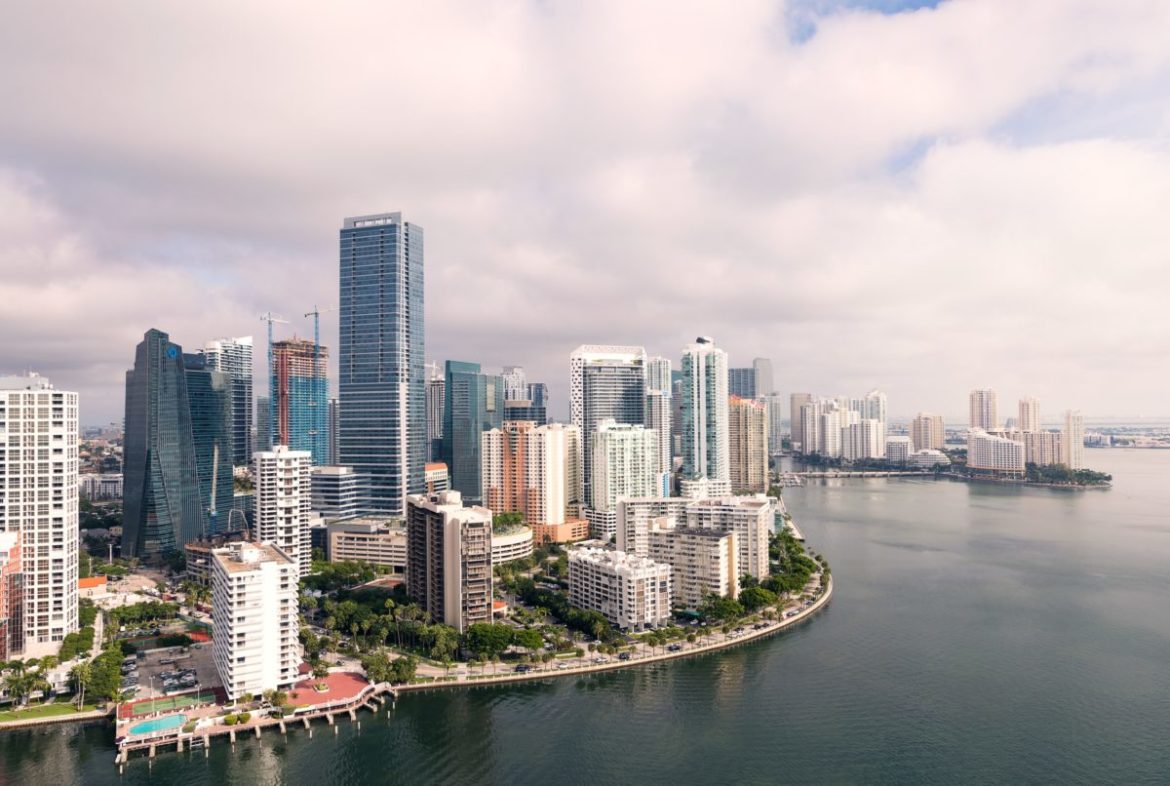By David Greenberg, South Miami Recovery Social Media and Blog Writer
This is the first in a series of articles about Miami’s long history with drugs and drug treatment.
Miami: Drug Capital of the World
Everyone over the age of 40 is probably aware of Miami’s claim as the drug capital of the world, thanks to the drug wars of the 1970s and 1980s. If you didn’t live here as an eyewitness, national headlines about the Cocaine Cowboys, movies like Scarface and the hit TV series Miami Vice gave people all they needed to know to make Miami infamous during those years.
The drug history of Miami and South Florida dates back well before that national media coverage. The community has had to deal with ongoing issues of drug use, addiction and treatment. We will get to the present in future articles in this series, but we start with the history.
Paradise for Bootleggers and Cartels
Because of its location, Florida – specifically South Florida – has long been attractive in several ways. Straddling the Gulf of Mexico, the Atlantic Ocean and the Straits of Florida, our state has the longest coastline in the contiguous United States. As a result, the peninsula has become a strategic location for tourism, agriculture and trade. Law enforcement officials at every level will tell you that 1,350-mile-long coastline was (and still is) an open invitation for smugglers of drugs and other items that would have trouble passing U.S. Customs.
It can be suggested that this illegal activity can go all the way back to pirates and buccaneers, but we will limit our historical perspective to the 20th century.
Prohibition may have been the law of the land in the U.S. from 1920 to 1933, but it certainly wasn’t the law of the land in South Florida. Alcohol flowed into South Florida like it was water. In April of 1922, one Chicago paper’s front-page headline named the Floridian coast “Paradise for Bootleggers.”
Along with bootlegging, Miami and South Florida were known for gambling, prostitution, violence, government corruption and general disregard of the law. A 2008 Miami Herald article compared it to the organized crime of the 1950s and the Cocaine Cowboys of the 1980s. If you have any doubt about the level of contraband that flowed into the area, know that there was a reason Al Capone moved here in 1928.
Smuggling and Post-Prohibition Drug Wars
While there was a period of relative peace after Prohibition was repealed, the drug wars returned the spotlight to South Florida in the 1970s and 1980s. During this period, the tranquil coast transformed into the Old West. Shootouts between the government and the many drug cartels that operated here became common. In 1979, two gunmen from a Colombian drug gang shot two other men in a shootout in the Dadeland Mall. This incident prompted a Miami police officer to coin the phrase Cocaine Cowboys.
Smuggling rings expanded, and law enforcement became overwhelmed. One rare victory against the smuggling rings occurred in 1982, when officials seized $100 million of cocaine at Miami International Airport.
What really ended the Miami drug wars was the collapse of the Medellin Cartel. While other cartels and drug gangs existed and still exist, the drug wars became less frequent.
Floridians Hooked on Drugs
Throughout history, Miami served as the port of call for the drug trade. Some of those substances moved to other parts of the country, but a good portion stayed right here. As a result, the 1970s and 1980s saw a dramatic increase of drug use in South Florida. For many, use became abuse. For some, it became addiction.
South Florida faced multiple issues. Many of these fell to local and federal law enforcement. They needed to deal with the remaining cartels and gangs. They also had to address the dealers who had built their own industry by selling drugs locally.
Then the community had to deal with the drug users. Many of these users were on the social level, but they were still breaking the law and abusing themselves medically.
Then there were those whose drug use turned to addiction. For a good many of those who became addicted, the concept of functioning in society became impossible. Because of its status as a focal point on the map of the drug trade, South Florida had more than its share of addicts.
Recovery and a Brighter Future for Miami
While this area was known as a hotbed of drugs and illegal activity, it was about to also become known as a great center and pioneer in the U.S. of drug treatment as law enforcement, the court system and the medical industry banded together to try to solve their growing problem.
South Miami Recovery is a drug and alcohol addiction treatment center located in Miami, Florida. To learn more about our unique approach to recovery, call 305-661-0055 today.
David Greenberg is a recovering addict celebrating 34 years of recovery. He got his start in recovery at Mount Sinai Hospital and Concept House and remains active following a 12-step lifestyle.
